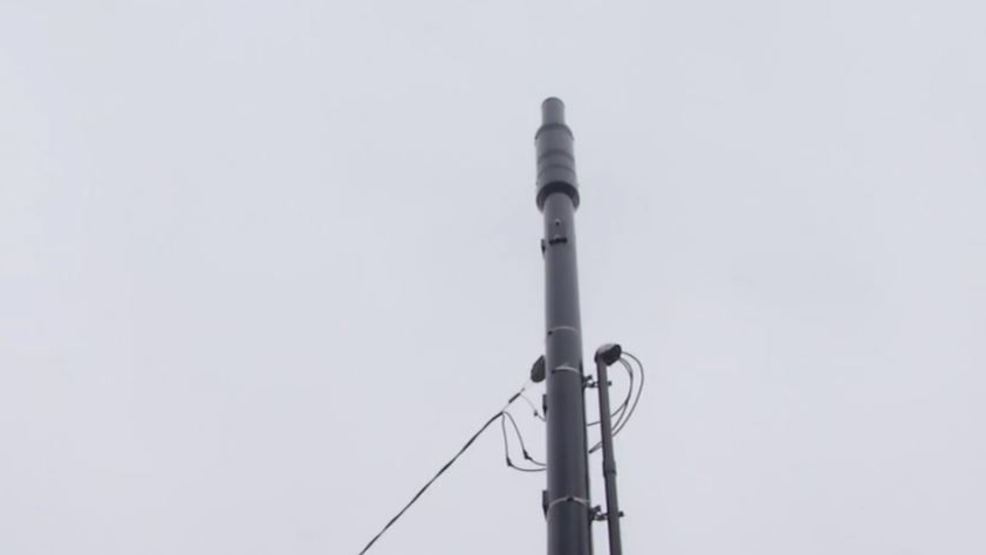If you've ever been through a city and spotted tiny 5G cell towers placed on poles for street lighting. They appear like tiny boxes however they're actually sending wireless signals from mobile providers to your phone.
They are replacing larger, purpose-built cell towers. While they're not as noticeable, they still can create problems for those who live nearby.
It is the FCC's Radiation Exposure Thresholds
The FCC's Radiation Exposure Thresholds determine the safe distance that an individual can be exposed to electromagnetic energy from wireless devices. The limits for exposure are based upon scientific research that show that RF energy could be harmful to health.
The rate of absorption called the specific absorption rate (SAR) is a measure of the amount of radiofrequency energy that is absorption by tissues. It's usually 1.6 watts per kilogram, calculated over one gram of tissue.
Since 5g is able to transmit at higher frequencies and has the potential to increase the intensity of energy on the skin and other directly-exposed body parts. This could result in various possible harms, such as an increase in formation of skin disorders such as dermatitis and cataracts, and skin cancer.
Due to the possible harmful effects of radiation from 5G, PSU has chosen to create a general power density limit of 4 mW/cm2 measured on 1cm2, and not to exceed 30 minutes, for all 5G services running at 3000 GHz. This limit for localization is in line with the peak spatial-average SAR of 1.6 W/kg averaged over 1 grams of tissues at six GHz.
The FCC's Maximum Exposure Thresholds for Maximum Exposure
If you've ever operated a cell phone, you probably know that a safe location from the tower is at least 400 meters away. This is due to the power of the transmission of cell towers increases drastically the further the tower is.
Although this may sound like a good idea however, people living in close proximity to towers may actually be more susceptible to health issues. For example, a study from 2014 in India found that residents who lived within 50 meters of cell towers had significant more health issues than those who were far from antennas.
This study found that people who moved to areas that were further from cell towers experienced their symptoms improve within a couple of days. Other studies have demonstrated that exposure to extreme frequencies of radiofrequency electromagnetic fields (EMFs) could cause cancer, brain tumors as well as other health issues.
safe distance to live from cell phone tower is due to the fact that radiofrequency radiation, which is used for wireless communication, has the ability to penetrate the body's outer layer, which is the skin. It is crucial to know since the skin serves as a barrier to protect against injuries caused by mechanical forces, infections by pathogenic microorganisms, and the entry of harmful substances. https://fnote.me/notes/tbzj5X is also the most important organ of the human body, and is accountable for keeping the integrity of the other organs.
The FCC's Minimum Exposure Thresholds for the Minimum Exposure
The FCC's Minimum Exposure Thresholds are based on numerous assumptions that are not supported by scientific research. These include the erroneous assumption that exposures to RF radiation are safe due to minimal penetration into the body (i.e. the heating of tissues).

The assumption also ignores the greater penetration of ELF parts of modulated RF signals as well as the effects on the body of short bursts from pulsed RF waves. http://lizardsled4.xtgem.com/__xt_blog/__xtblog_entry/__xtblog_entry/33973245-what-is-the-safest-distance-coming-from-a-5g-cell-tower-system?__xtblog_block_id=1#xt_blog are not in line with current understanding of the biological effects of RF radiation, and thus they shouldn't be relied upon for health-protection exposure standards.
Furthermore there is the fact that both ICNIRP and FCC restrict their maximum limit of exposure to the local SARs based on the maximum speed of spatial absorption (psSAR) that is an inadequate dosimetric tool to determine the degree of exposure to RF radiation. Particularly the psSAR tool is not accurate when frequencies exceed 6 GHz. In addition, psSAR is not been tested for RF radiation that is exposed to other environmental agents , such as sunlight. Interactions of RF radiations with different environmental agents may cause synergistic or antagonistic effects. This would result in the risk of having adverse health effects. For example, co-exposure to RF radiation with sunlight may raise the chance of developing skin cancer and exacerbate other skin disorders, such as acne.
